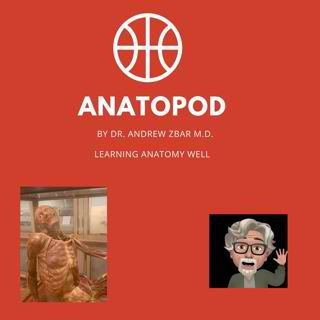
The Genderization of Anatomy: Monism and the Theory of Women
Om avsnittet
Anatomy as an historical subject is largely the anatomy of men. Women as Biblically derivative should therefore according to this view be subservient and essentially incomplete. But that is not to decry the fact that they were special cases, ex ordine creations from men, born of Adam’s flesh and not of dust but themselves capable of bearing God. Theology struggled with this position of women who might have come into being praeter naturam (outside of Nature) man engaging in this theological twist in intercourse then with some version of himself. It was decided that anatomists should put aside such theological nonsense and focus on their objective findings on dissection. The Renaissance notion of women then was that (the uterus excepted) they were merely inverted males and one could seek their homologous reproductive machinery through dissection of structures that resembled the penis, the scrotum and the testes. Even Michel de Montaigne (1522-92) in his De la force l’imagination believed that it was possible for little girls to turn into little boys by simply jumping up and down hard enough! Only the uterus (even l’utero pensante – the thinking uterus) left women prey to a gamut of incurable diseases that I was taught about as a medical student in the 1970’s; the hysterias, the globus hystericus, the wandering uterus and the like. This anatomy is an anatomy of gender difference even as we live in a society where gender and the full vitality of its expression is no longer required to conform to one’s biologic sex. I hope you like this provocative podcast and the history of the anatomy of gender. Perhaps you can contribute to our ongoing project to expand and upgrade ANATOPOD by giving what you can at https://www.patron.podbean.com/ANATOPOD It is most appreciated and as always enjoy your anatomy! Best Wishes Andrew